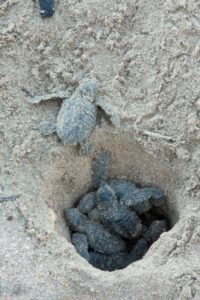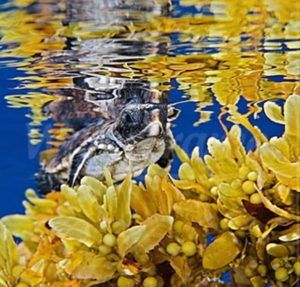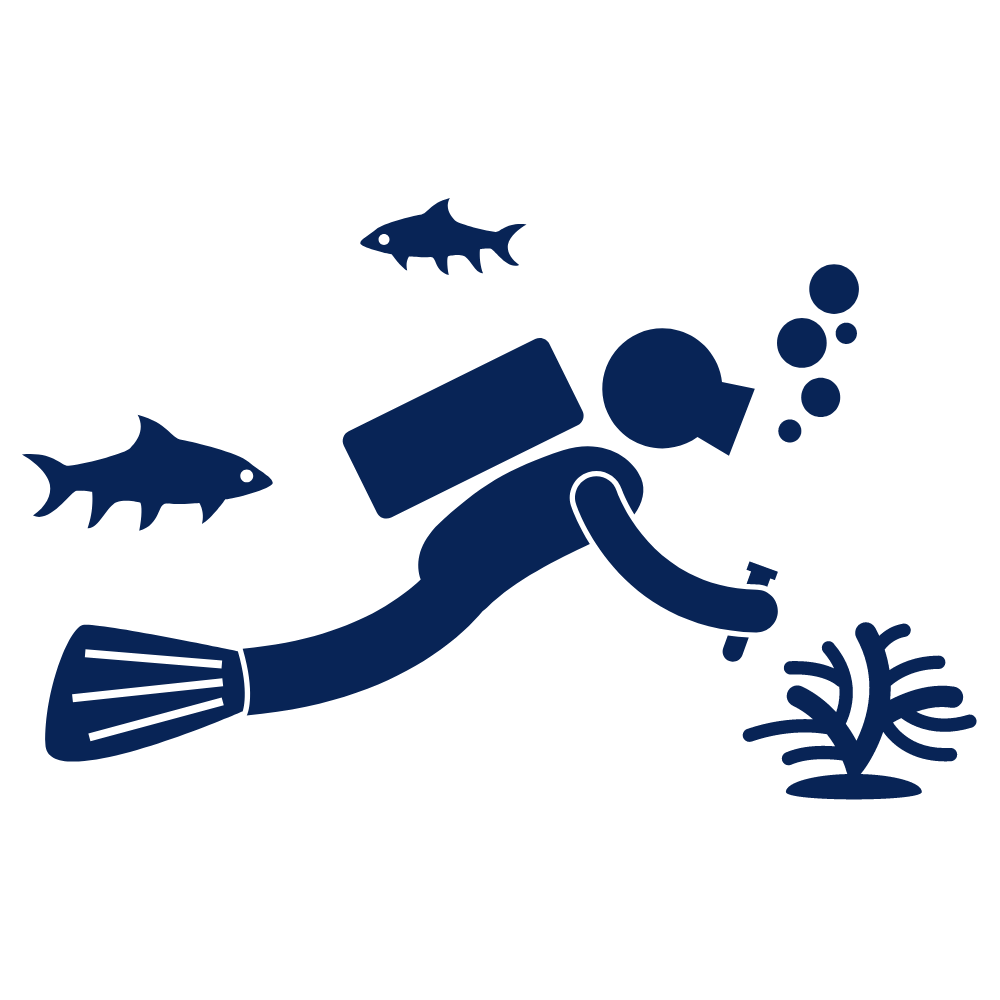Posted by Kasey | 11.13.2020 | Conservation, Karen Beasley Sea Turtle Hospital, Marine Science, Turtle Talk
From Eggs to the Ocean – Part 3
 45 to 65 days after the eggs are laid, the hatchlings emerge from the nest. The hatchlings begin to wriggle around. It can take many days of teamwork to dig themselves out from the pit, working together, they use a conveyor belt method to reach the surface – the hatchlings on top push the sand down to the bottom of the nest, which, in turn, pushes the hatchlings on the bottom to the top. Typically, the sand above the nest will begin to form a depression, indicating the work going on below the surface.
45 to 65 days after the eggs are laid, the hatchlings emerge from the nest. The hatchlings begin to wriggle around. It can take many days of teamwork to dig themselves out from the pit, working together, they use a conveyor belt method to reach the surface – the hatchlings on top push the sand down to the bottom of the nest, which, in turn, pushes the hatchlings on the bottom to the top. Typically, the sand above the nest will begin to form a depression, indicating the work going on below the surface.
The hatchlings will wait just below the top layer of sand until conditions are perfect. Once at the surface, hatchlings will wait until the temperature has cooled to make their emergence, usually at night. Then they bubble up from below breaking through the sand ceiling and opening their tiny eyes for the first time. Tiny heads begin to poke out of the sand, and then the little turtles will begin to crawl across the sand towards the brightest horizon, usually the moon and stars reflecting off the waves. They scurry to the wave breaks, hopefully avoiding the many predators waiting to pick them off for a tasty snack.
Once they reach the sea a swimming frenzy ensues. Guided by their internal  compass they navigate the open ocean in search of the Sargasso Sea algae beds. Equipped with only enough food to survive about 4 days, their destination is a grueling 30 miles offshore and fraught with predators. Therefore it should come as no surprise that only about 1 in 1,000 hatchlings survive into adulthood.
compass they navigate the open ocean in search of the Sargasso Sea algae beds. Equipped with only enough food to survive about 4 days, their destination is a grueling 30 miles offshore and fraught with predators. Therefore it should come as no surprise that only about 1 in 1,000 hatchlings survive into adulthood.
The first 48 hours are critical; during this time, the hatchlings must make it from their nest to a place in the ocean where they are relatively safe from predators and can find food.
It is estimated that only 1 in 10,000 eggs and 1 in 100,000 hatchlings makes it to reproductive adulthood!
Once the hatchlings reach the safety of the sargassum weeds they are believed to remain there for years, hiding in the protection of the seaweed beds, eating small animals, and trying to reach a size where they aren’t such an easy target. 


 Marine Bio
Marine Bio SCUBA
SCUBA Travel
Travel School Groups
School Groups Sign Up
Sign Up CONTACT
CONTACT CAMPS
CAMPS ABOUT
ABOUT